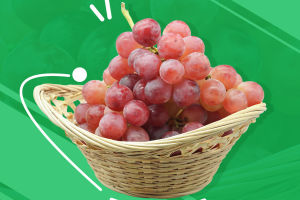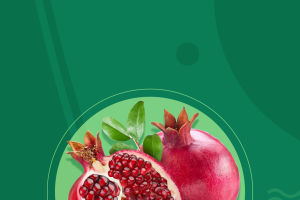Feijoa has a strong fragrance and begins to emit aroma before ripening. After the ripe fruit is cut, it can be eaten with a spoon. The flesh is white with a slightly grainy taste, sweet and mellow, and can be stored in the refrigerator for about half a month.
The outer skin of Feijoa is dark green, and the interior is similar to guava. It is rich in vitamin C, folic acid, plant fiber, as well as a variety of glycosides and flavonoids, and has the effects of detoxification, beauty, and blood lipid lowering.
The outer skin of Feijoa is dark green, and the interior is similar to guava. It is rich in vitamin C, folic acid, plant fiber, as well as a variety of glycosides and flavonoids, and has the effects of detoxification, beauty, and blood lipid lowering.
Its origin is in Colombia, Uruguay and northern Argentina in Central and South America, and it is rich in New Zealand. Feijoa has a short production season, from March to June every year, and it is not easy to store and transport it. After Feijoa matures, the fruit is easy to be scratched. Therefore, although Feijoa is delicious, it is not suitable for mass export.
The most common way to eat Feijoa is to cut it in half with a fruit knife, and then use a spoon to scoop out the pulp to eat, which is similar to eating kiwi. The closer you get to the peel, the harder the flesh of the fruit, and the sweet and sour taste. You can only be satisfied by eating it yourself.
In New Zealand, Feijoa is not only eaten as a fruit, but can also be made into milkshakes, ice creams, juice drinks, jams, etc.
Not only the flesh of Feijoa can be eaten, but the skin can also be eaten. The vitamin C content in the peel is higher than in the pulp. Although the skin of Feijoa is slightly bitter, it is rich in antioxidants and has antibiotic properties.
Feijoa is so good, so how to grow Feijoa in your yard? In fact, it is not difficult. You can directly buy the seedlings of Feijoa trees, dig a hole in the yard, the depth is about twice that of the bottom of the foundation, and then plant it directly, water and fertilize it.
Of course, the planting place should also choose a sunny place, and try not to have a courtyard wall to block it. Because of the need for pollination, it is best to plant three Feijoa saplings, and do not choose to plant them in summer. Early spring is a better season.
From March to June every year, it is the ripening season of Feijoa. During these months, people who have Feijoa trees at home have to get up early to pick up the fruit. Because the best ripening state of Feijoa is when it falls to the ground, if you miss this time, the fruit will not taste good. If you want to taste it too, try growing your own.


